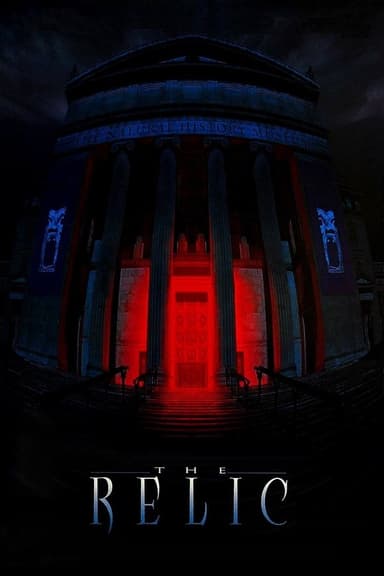
Psycho
1998 • Horror, Mystery, Thriller • R
A young female embezzler arrives at the Bates Motel, which has terrible secrets of its own.
Runtime: 1h 44m
Why you should read the novel
Discover the original terror in Psycho, the groundbreaking novel by Robert Bloch that inspired both Hitchcock’s classic and the 1998 remake. This psychological thriller classic delivers the suspense, dread, and twisted revelations at their source.
Reading the Psycho novel by Robert Bloch puts you inside the Bates Motel and, crucially, inside Norman Bates’s mind. Bloch’s lean prose, razor-sharp pacing, and chilling psychological insight create a slow-burn tension no screen can fully capture.
If you love psychological horror and crime fiction, read the book before (or instead of) watching the movie. Experience the authentic vision, richer character depth, and the unforgettable origins of one of literature’s most disturbing figures.
Adaptation differences
The most striking book versus movie difference centers on Norman Bates. In Robert Bloch’s novel, Norman is middle-aged, overweight, and socially awkward, with darker, less sympathetic edges and alcohol use; the 1998 film, following the 1960 template, presents a younger, boyish Norman. The book’s victim is named Mary Crane, while the films use Marion Crane, signaling broader characterization shifts.
Bloch’s novel thrives on interiority. It uses close point of view and unsettling inner monologues to reveal Norman’s fractured psyche and his fixation on his mother. The 1998 adaptation, like the 1960 film, externalizes those tensions through performance, staging, and sound, inevitably losing some of the novel’s intimate psychological detail and ambiguity.
Context and details are modernized in the remake. The novel is anchored in the 1950s, with period attitudes, technology, and a smaller-scale crime. The 1998 film updates the setting and increases the stolen cash to a contemporary sum, changing practical stakes and texture while the book emphasizes moral dread over spectacle.
Certain scenes and imagery differ in tone and emphasis. The remake includes more explicit voyeurism and graphic moments, while the novel relies on suggestion and psychological unease. Set pieces that are iconic on screen are staged differently on the page, and some film-specific stylistic flourishes have no direct counterpart in Bloch’s prose, making the reading experience uniquely tense and revealing.
Psycho inspired from
Psycho
by Robert Bloch











